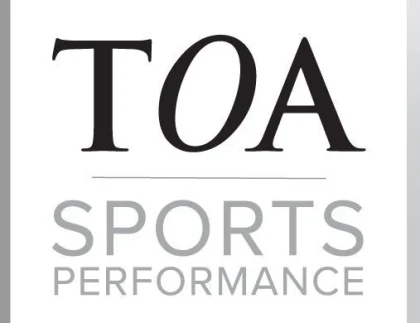Media Center
Dr. Philip A.G. Karpos on Fall Prevention
As a joint replacement specialist and orthopedic surgeon, I often treat fall-related injuries and fractures (hip, wrist, shoulder, and spine) in the elderly. The causes are multifactorial-balance issues, arthritis, unsafe environments, visual impairment, syncope (loss of consciousness caused by a fall in blood pressure), and osteoporosis, to name a few; however, the common denominator in over 90% of falls, is lack of strength. When we stumble, our quadriceps muscles are our major defense mechanism, contracting to help us to regain balance and prevent a fall.
Fall Prevention
Significant strength gains are possible with a home exercise program. Here are some exercises you can do at home to specifically target your quadriceps muscles and decrease your risk of sustaining an injury from a fall.
Chair Leg Lifts
1. While sitting in a chair, straighten your leg and hold for 6 seconds. Then lower your leg and rest for up to 10 seconds.
2. Repeat 8 to 12 times with each leg. Do every day, up to 3 times a day.
3. When this thigh-strengthening exercise becomes easy, you can add a light weight to your ankle.
Straight Leg Raises
- Lie on your back on a flat surface.
- Bend the knee of your uninvolved leg (the one that wasn't operated on) to a 90-degree angle and keep your foot flat on the surface. Keep your involved leg straight without the knee bent.
- Slowly lift the involved leg 12 inches off the floor by contracting the front thigh muscles. Hold for five seconds.
- Slowly lower your leg to the floor. Relax and repeat 10 to 15 times.
Sit to Stand
Set of ten, three times per day (as discussed in the video).
TOA physicians have a plethora of balance assessment tools and strength tests that can determine if you or a loved one is at an elevated risk for a fall related injury. Give us a call if you’d like to set up a consultation.
Philip A. G. Karpos, M.D. sees patients at TOA’s St. Thomas West and Waverly locations.









